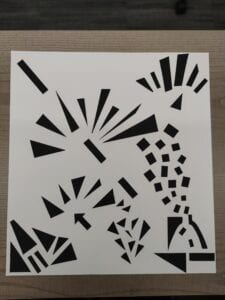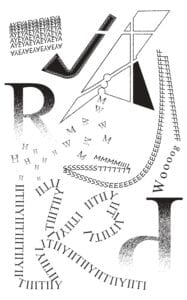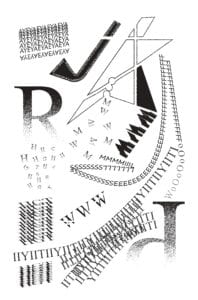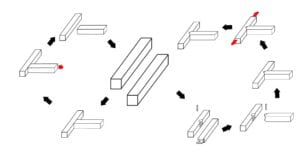Jack Xu
Music: See You Again by Tyler, The Creator / Kali Uchis
The project was all about visualizing sound so I chose a song that both included dynamic rap and lyric chorus. To match the musicality of the song, I not only used coherent letter curves but also added scattered letters.

Inspired by my One Black Square design, I used similarity, proximity and closure in sound visualization project. Simiilarity reflected the chorus part that basically remained the same in the song. Proximity and closure standed for the intro, verse 1&2, chorus and outro that all played their part in the song.
Here was my first version:

The letters on the top left corner and the separated letters in the middle referred to the rap part because they represented the free flows and rhythms. Letter “J” was similar to the shape of a saxophone which also appeared in the song. Beside it, the letter “k” resembled a blade, which meant the rap part rushed in at the beginning of the song. For lettter “R” and “d”, I tried to use symmetry principle to stand for the chorus part. Also, the fading effect represented the volume of the music changed from loud to faint at the end of the chorus.
In the mid-critique, most people thought that the artwork matched the feeling and the structure of the song. However, there were parts that needed improvement: 1. The scattered letters could be more diverse because the artist used various words in rapping. 2. There were many parts but they were a little bit separated so maybe using overlapping was one solution.
Therefore, I revised based on the suggestions in the mid-critique. More overlapping effects were used in the bottom half to build connections between different parts and more letters were used in the middle part. What’s more, I added a ‘pair’ of ‘WWW’ letters in the middle to make top and bottom parts more related to each other.

If I had more time, I would still focus on how to enhance the overall sense of the work. Maybe the letter ‘K’ could be replaced by other small letters.
